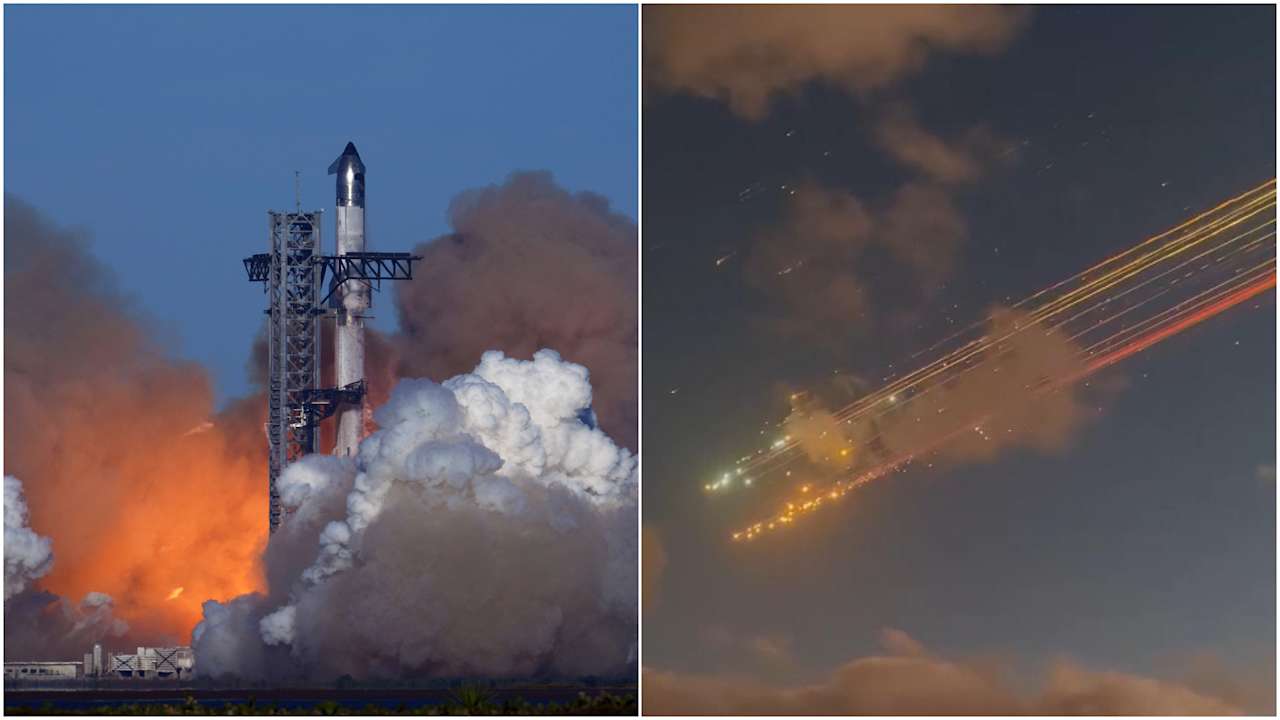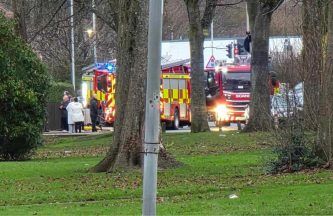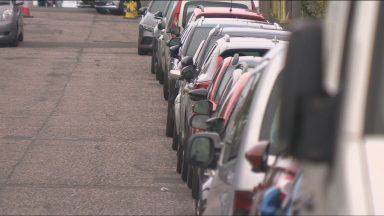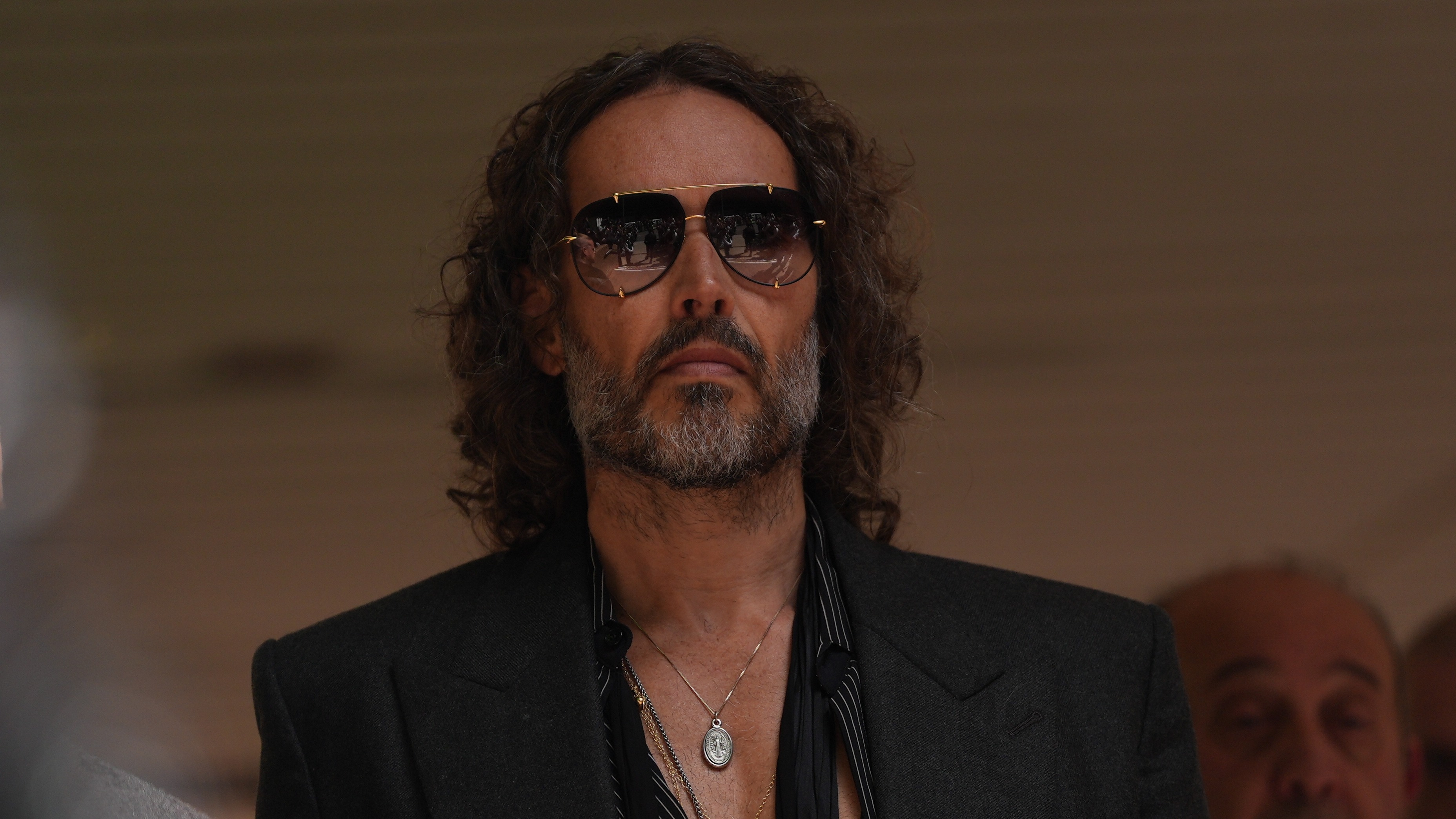Watch: Glowing debris soars over skies following SpaceX’s failed Starship test launch
Glowing debris soared over the Caribbean on Thursday after SpaceX’s Starship exploded over the Atlantic Ocean on its seventh uncrewed test flight .
A number of flights were delayed or diverted over what the US Federal Aviation Administration called a “rocket launch anomaly”, with planes departing Miami International and Fort Lauderdale-Hollywood International airports held back for an average of one hour.
Using a substantially upgraded version of the Starship megarocket, SpaceX was able to repeat its prior feat of catching a booster that returned to Earth.
However, eight and half minutes into flight the spacecraft itself was lost, in what Elon Musk’s SpaceX described as a “rapid unscheduled disassembly during its ascent burn”.
“Teams will continue to review data from today’s flight test to better understand root cause. With a test like this, success comes from what we learn, and today’s flight will help us improve Starship’s reliability,” the company added.
Starship had already climbed 90 miles in altitude and was traveling at 13,200 miles per hour, according to the last telemetry data shared by SpaceX.
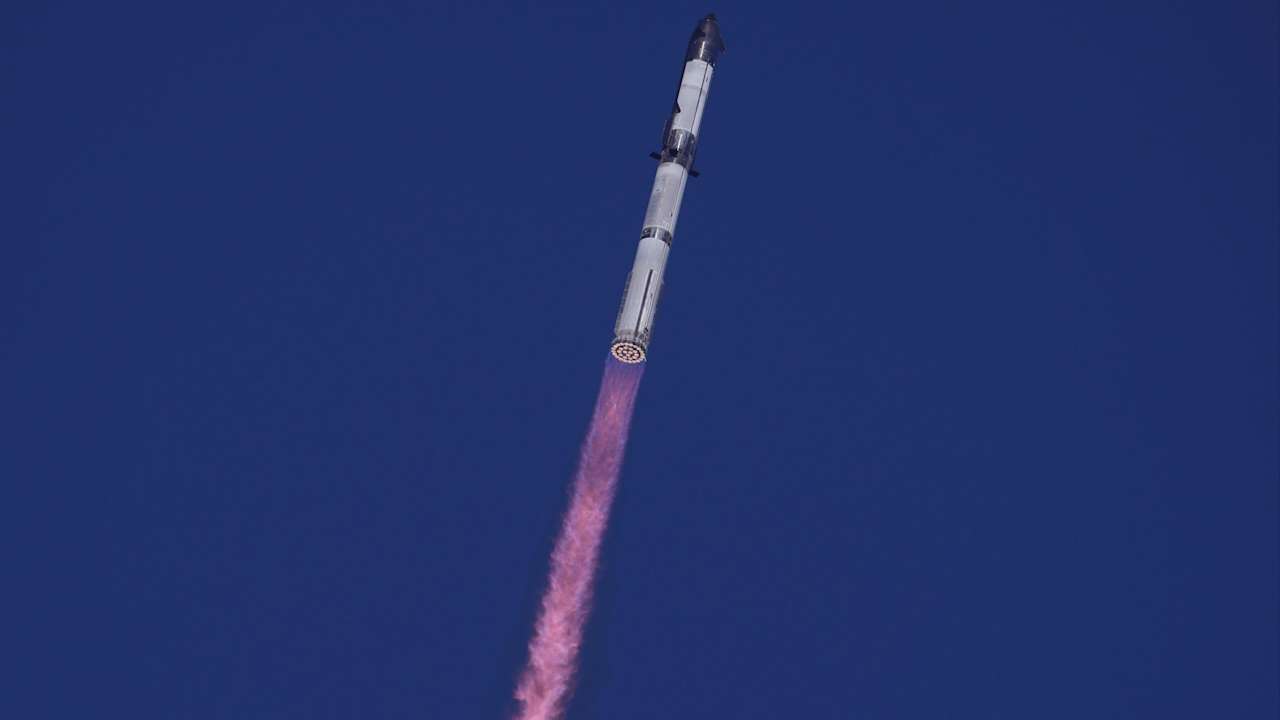
Aircraft-tracking website Flightradar24 shared on X that the Starship explosion caused its most tracked flights to be “all aircraft holding or diverting to avoid any potential debris”.
Radioing a controller at the San Juan air traffic control facility 18 minutes after Starship’s launch, one pilot said: “We just got a major streak, going from at least 60 miles, there’s all these different colours, just curious. It looked like it was coming towards us, but obviously because of this, just letting you know.”
Elon Musk shared an image of debris in a post and appeared to make light of the situation, saying “entertainment is guaranteed!”, while other posts on social media showed bright sparks shooting across the sky.
The Starship spacecraft, stacked atop the Super Heavy rocket booster, took flight at 4:37pm local time on Thursday.
A load road was sent across Starbase, the SpaceX launch site near Brownsville, Texas, as the rocket booster revved up the 33 Raptor engines at its base.
SpaceX said it was reusing an engine recovered from the Super Heavy booster flown during the company’s fifth test flight in October – the first time this has been achieved with this model.
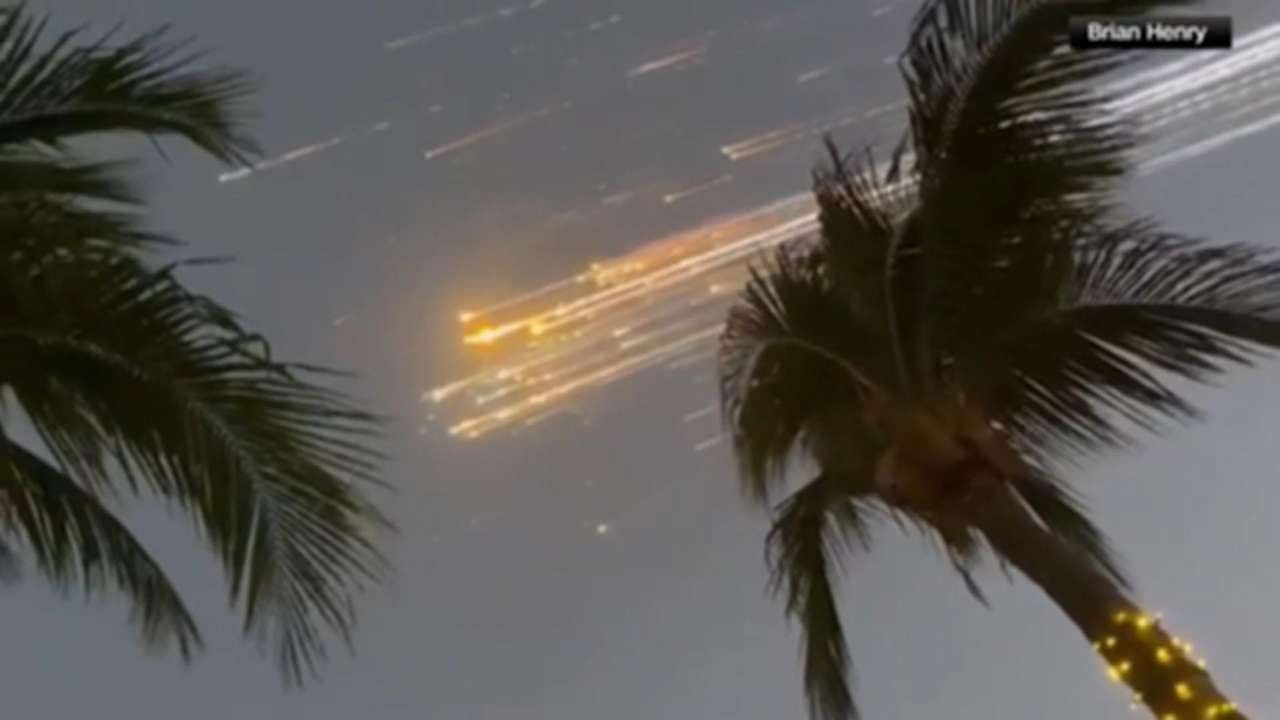
While the Super Heavy booster pulled off its landing attempt, the Starship spacecraft, or upper stage, was expected to continue propelling itself through space, reaching speeds almost fast enough to enter orbit around Earth.
But the Starship spacecraft stopped delivering information, suggesting that the spacecraft may have been lost.
“We were expecting ship engine cutoff about 40 seconds ago,” said SpaceX spokesperson Dan Huot on the livestream during a crucial part of the ascent phase.
“We saw some of those engines start to go out prior to that point. And so right now we are just standing by to try and get the latest word on where we are.”
Shortly after the update, the team confirmed the loss of the vehicle. Prior to the completion of Starship’s ascent to space, a fire developed in the back section of the ship, leading to an explosion.
“Starship flew within its designated launch corridor – as all U.S. launches do to safeguard the public both on the ground, on water and in the air,” the company shared on its site.
“Any surviving pieces of debris would have fallen into the designated hazard area. If you believe you have identified a piece of debris, please do not attempt to handle or retrieve the debris directly.
“Instead, please contact your local authorities or the SpaceX Debris Hotline at 1-866-623-0234 or at recovery@spacex.com.”
Musk took to X, which he owns, to share that “improved versions of the ship (and) booster already waiting for launch”.
“Preliminary indication is that we had an oxygen/fuel leak in the cavity above the ship engine firewall that was large enough to build pressure in excess of the vent capacity,” Musk added later.
“Apart from obviously double-checking for leaks, we will add fire suppression to that volume and probably increase vent area. Nothing so far suggests pushing next launch past next month.”
Sharing his thoughts on the launch on X, outgoing NASA administrator Bill Nelson said: “Congrats to @SpaceX on Starship’s seventh test flight and the second successful booster catch. Spaceflight is not easy.
“It’s anything but routine. That’s why these tests are so important — each one bringing us closer on our path to the Moon and onward to Mars through #Artemis.”
For the first time, SpaceX was attempting to test out how the Starship vehicle might deploy satellites. On board the spacecraft were 10 dummy payloads that are roughly the same size and weight as SpaceX’s next generation of Starlink satellites.
About 17 minutes into the mission, SpaceX was intended to deploy the mock satellites as part of a demonstration.
Like Starship, the demo payloads were not expected to reach orbit. Rather, they would have been on a suborbital trajectory similar to that of Starship, guaranteeing they would be discarded in the ocean, according to the company.
About one hour after take-off, the Starship spacecraft was expected to make a controlled splashdown in the Indian Ocean.
The manoeuvre was intended to test out how Starship might be recovered after future flights. But as has been the case with the past few test missions, the vehicle would have been discarded and left to a watery grave.
“It’s going to take some time. In the next hours, days — we’re going to figure out exactly what happened, come back, fly the next one, get further,” Huot said, adding: “Reminder, it’s a test of an experimental vehicle.”
Follow STV News on WhatsApp
Scan the QR code on your mobile device for all the latest news from around the country


